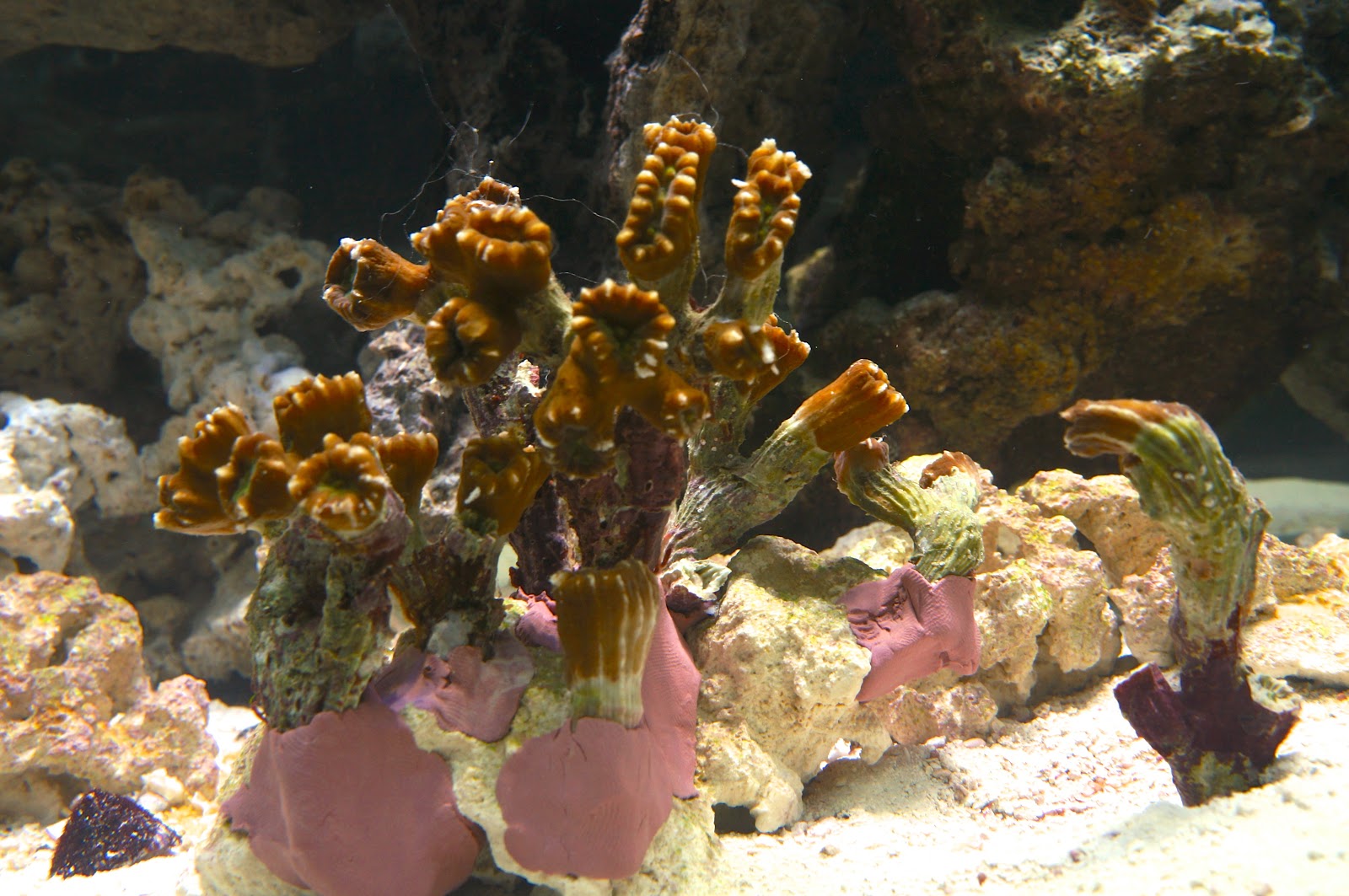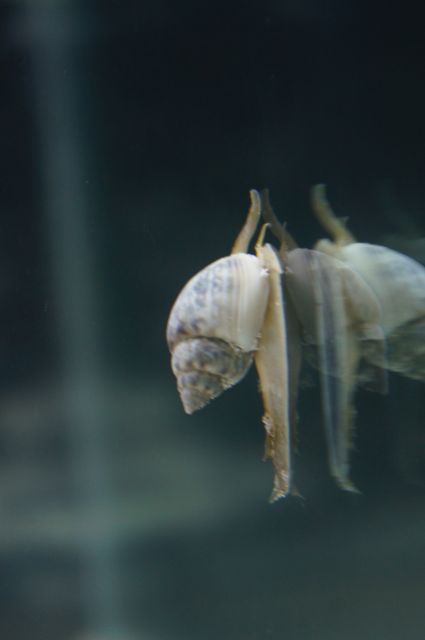Owning a reef aquarium can be similar to being a doomsday prepper. You need to have RO/DI water available at any second. You basically start to develop gills with the amount of saltwater around your apartment. There are piles of various equipment all around. After investing innumerable hours researching and maintaining the tank, you are ready for any circumstance that may jeopardize your prized possession. My girlfriend sometimes needs reminds me that there are other things than the tank.
So you want to add something new to the tank?
Well make sure you quarantine.
Every forum, club, or LFS tell you that it is super important to quarantine (QT) a fish. Some even say to do it to new corals. Most people don't though, and there are horror stories of thousands of dollars of hard earned money literally being flushed down the toilet from disease.
With corals it is best to QT for a week or two. This is usually done in order to determine whether there are any bad hitchhikers coming in on it. One way around QTing corals is to use a coral dip. This usually has an iodine component that will either kill hitchhikers or cause them leave the coral for better water.
What about fish?
With fish we are talking about other issues.
Lots of fish diseases have medication that fight/cure them. The problem is that most, if not all, medications will do bad things to your corals and your invertebrates. Shrimp, snails, and stars are all super sensitive to metal based medications. These treatments also get absorbed into the live rock. This makes it impossible to use this rock again in the future.
So what is the solution?
Quarantine all new fish, for a minimum of two weeks, in a separate bare-bones tank. The fish should be watched closely for two weeks. If there are no issues, the fish is ready to be moved to the DT. If a disease is noticed treatment can start immediately. After treatment let the fish remain in the QT for two weeks of disease free time. This will make sure that no disease enters the DT.
When not in use the QT tank can be stored empty. Using the same equipment - you can turn the QT into a hospital tank to treat injured/sick fish from the DT.
So what makes up a QT tank?
- Small tank - mine is a 10 gallon
- Heater - maintain the QT at the same temperature as the DT
- Powerhead - allow water flow and surface agitation to keep oxygen in the system
- Light - especially important if you are QTing corals
- Hang-On Filter - use a filter pad that has been in your DT system to obtain beneficial bacteria
- PVC Elbow - allows a place for fish to hide
This is a cheap and easy thing to set-up. I got most of the equipment at the store for ~$50.
Are there additional benefits to using a QT?
Yes! One: It is filled with water from the DT. This allows the fish to acclimate to the conditions that you use in your tank. Two: It allows an environment where the fish is able to eat without competition. This allows it to get used to the types of food you feed your tank, and allows you to make sure the fish is eating. With no substrate on the bottom, it is also easy to clean up uneaten food particles. Three: It allows the fish time to get used to your presence in and around the tank, and to your feeding and maintenance routine.
Done using the QT, now what?
- Throw out the filter media,
- clean all equipment with bleach,
- let equipment dry, and store.








































